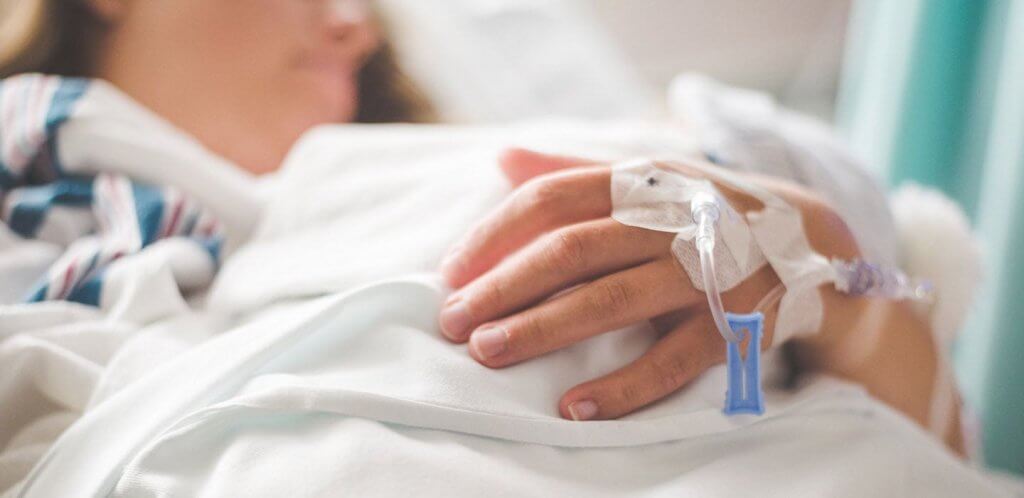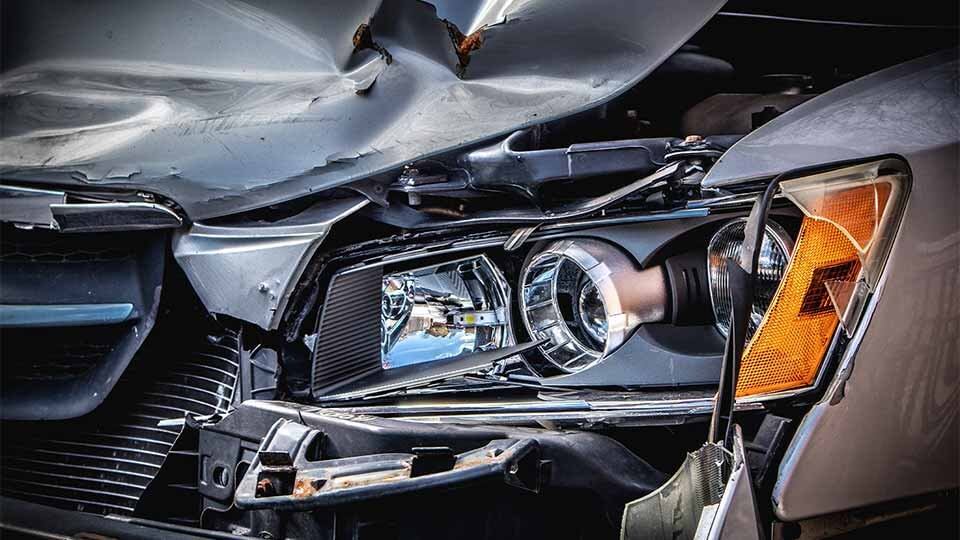Work Accident
Specialist Clinical Negligence Solicitors
APIL Accredited Solicitor
We Put Our Clients First
No Win No Fee
Help with Rehabilitation & Recovery
Call 0800 0747 644 now or request a callback
Subarachnoid Haemorrhage Claims- Clinical Negligence
A subarachnoid haemorrhage is a serious condition that is often fatal. Once the condition has been diagnosed, treatment must be administered quickly to increase the patient’s chances of survival. If treatment is unduly delayed, the patient has a higher risk of dying, or of experiencing severe complications associated with brain injuries, such as damage to the brain and life-changing disability.
Delays administering treatment can be classified as examples of clinical negligence if it can be proven that they had a direct and detrimental impact on a patient’s health. If you feel that you or a loved one has suffered due to negligent behaviour of medical staff in association with subarachnoid haemorrhage, call our Medical Negligence Solicitors today and discuss your case with one of our dedicated specialists.
What is a subarachnoid haemorrhage?
A subarachnoid haemorrhage is a rare type of stroke, characterised by bleeding on the surface of the brain. The condition is extremely serious and often fatal. In the majority of cases, the cause of the stroke is a ruptured aneurysm. Aneurysms are bulging weakness in the body’s blood vessels; when they rupture, blood leaks from them into the surrounding cavities. In the case of brain aneurysms, blood from the ruptured aneurysm leaks into the surrounding skull cavity, causing a stroke.
Who is at risk?
The cause of subarachnoid haemorrhage is not known, but there are some risk factors that may affect a person’s chances of developing an aneurysm. They include:
- Age
- Smoking
- Suffering from hypertensive disorders, such as high blood pressure
Symptoms
An impending subarachnoid haemorrhage has no symptoms or warning signs and are therefore almost impossible to predict. Symptoms usually manifest after the bleed as started and are typically severe in nature. They include:
- An excruciatingly painful headache, often located towards the back of the head
- Sudden vomiting
- Seizures
- Loss of consciousness
Subarachnoid haemorrhages often occur during times when excessive pressure is being exerted by the body, such as when lifting something heavy, straining on the toilet, or during sex.
Although symptoms of subarachnoid haemorrhages are generally unmistakable, some symptoms can manifest more mildly and be misdiagnosed as presentations of other, less serious conditions; a severe headache that isn’t accompanied by any other symptoms may be mistakenly diagnosed as a migraine. Misdiagnosis of a subarachnoid haemorrhage can be classed as a form of clinical negligence, particularly if the patient’s outcome was negatively affected by the error. Misdiagnosis of a subarachnoid haemorrhage is a serious error that can severely affect a patient’s chances of survival by delaying treatment.
We work on a no win no fee basis.
Find out how much you could claim for your injury.
98% of Clients Would Recommend Us to a Family Member
Treatment, recovery and complications
Patients who are diagnosed with a subarachnoid haemorrhage are usually admitted to an intensive care unit. If the subarachnoid haemorrhage was the result of a brain aneurysm, surgery will usually be performed to repair the blood vessel. The surgery may involve either opening the scalp and placing a clip around the aneurysm or feeding a tube through an artery in the groin upwards towards the brain. Once the tube is in the affected artery in the brain, tiny coils are passed through it and delivered to the aneurysm; once the aneurysm is full of the coils, it cannot grow or rupture again.
Complications associated with subarachnoid haemorrhage include death and brain damage. Prompt diagnosis and surgery can help to reduce the likelihood of a patient dying, it is difficult to assess the level of brain damage a patient will be left with until the patient begins to recover. Medication can be administered to help prevent secondary cerebral ischaemia, a condition characterised by reduced blood flow to the brain and a significant cause of brain damage.
Sadly, a patient’s treatment can be adversely affected by human error and clinical negligence. Surgical procedures that are delayed or carried out incorrectly can negatively affect a patient’s chances of recovery, while medication that is not properly administered or checked can cause complications to arise.
Should I claim?
If you or a loved one has suffered as a result of errors associated with the treatment of a subarachnoid hemorrhage, call us today to discuss your case with one of our specialist solicitors. With years of experience and a wealth of knowledge, our team will work with you to investigate your case thoroughly and help you win the compensation you deserve.
The money you will receive may help to cover costs incurred by medical therapy, or help to cover further therapy in the future; if you are claiming on behalf of a loved one who has passed away, the money you receive could be used to cover funeral expenses. Here at Grieves, we believe all individuals have the right to make a claim and therefore offer a no-win-no-fee guarantee. Get in touch with our experienced team of solicitors today, to see how we can help.
Let us help you




